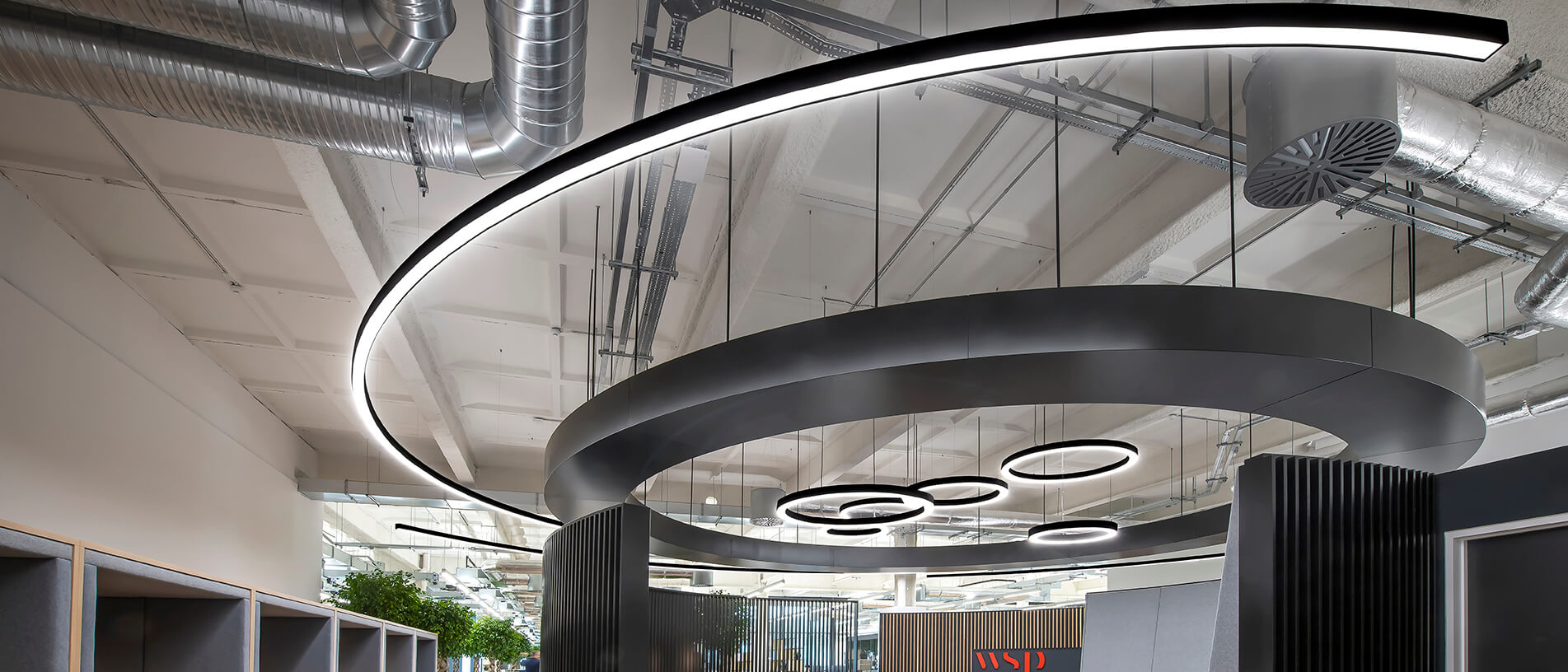
Then the third area of focus is policy and social justice. So, how can we use renewable energy and especially hydrocarbon?Īs it pertains to making petrochemicals and pharmaceuticals, one can get at those materials without using fossil hydrocarbons – We can look at synthetic hydrocarbons starting from sunlight, water, and carbon dioxide. We are going to almost certainly need fuels in the future, but they can’t come from fossil sources. The energy system is connected in a very fundamental way to the food system, in fact, in closing the loop of the food system, there is technology for making energy – for example, biogas. The second area is in fuel and products, and the idea there is that as we move away from fossil fuels there will be a need to replace fuels and feedstocks. The idea is simple – sunlight as a renewable resource to produce electricity, a very low carbon form of produced electricity. Lightworks was formed and there’s now an entire system of people who work together on the larger theme of ‘energy transition,’ and so that was the inspiration for our program and we very much set it up that way. If you look at the history of Arizona State, this has been a focus area for us for a very long time. He wanted something that was comprehensive, that recognized the complexity of energy transitions, and wanted to see social sciences involved.ĪSU had many faculty working on a broad range of energy-related subjects, and in particular, on solar energy and advanced solar energy devices. At the same time, ASU President Michael Crow was also dealing with the complexity of renewable energy and the impending energy transition, a ramification of addressing climate change. In 2009, I was retiring from BP and looking for something distinctly different from what I had been doing. What was the inspiration behind the development of Arizona State University’s Lightworks? What are the core initiatives of the program?
#Lightworks transitions full#
This includes advancing the sector in the fields of social justice, policy, regulation, and governance so that this seemingly imminent transition faces fewer friction points when it’s time to move full (clean) steam ahead. In this interview, Dirks discusses what ASU Lightworks is doing to cultivate advancements in renewable energy and create a cohesive strategy to foster innovation and economic development of its various ecosystems.

Dirks also directs ASU Lightworks, a program dedicated to addressing the “impending energy transition” from fossil fuels to renewable energy sources to combat global climate change.Īs a former Group Vice President of BP, Dirks has a uniquely holistic view of the energy sector from its well-entrenched past to what many believe is a necessary and urgent change to sustain our future. Marc Serber recently sat down with Gary Dirks, the Senior Director of the Julie Ann Wrigley Global Institute of Sustainability at Arizona State University.


 0 kommentar(er)
0 kommentar(er)
